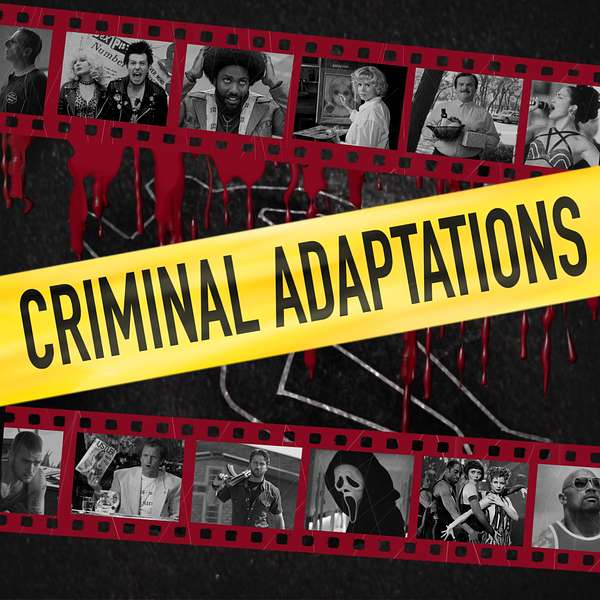
Criminal Adaptations
Criminal Adaptations is a True Crime/Movie Review Podcast discussing some of your favorite films, and the true crime stories that inspired them. With hosts Remi, who spent over a decade working in the film and television industry, and Ashley, a clinical psychologist and forensic evaluator. They discuss a new movie each week and compare the film to the real life events that the film is based on.
Criminal Adaptations
Killers of the Flower Moon
The Reign of Terror spanned 1921 to 1925, during which William Hale and his nephew, Ernest Burkhart, orchestrated the deaths of more than two dozen Osage, including the family of Burkhart’s wife, Mollie Kyle. Martin Scorsese, with the help of Leonardo DiCaprio, Robert De Niro, Lily Gladstone, and Jesse Plemons, depicted these murders in the Academy Award nominated film, Killers of the Flower Moon (2023). Did Scorsese deviate from the actual events and David Grann’s nonfiction novel of the same name? Was there a larger plot against Osage Nation than what the FBI led us to believe? Listen now to find out.
Primary Source:
Grann, David. Killers of the Flower Moon: The Osage Murders and the Birth of the FBI. Doubleday, 2017.
Instagram: @CriminalAdaptations
Email us: criminaladaptations@gmail.com
TikTok: @criminaladaptations
X: x.com/CriminalAdapt
Theme: DARKNESS (feat. EdKara) by Ghost148